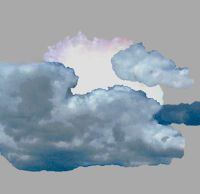Showing posts with label Lutherbibel. Show all posts
Showing posts with label Lutherbibel. Show all posts
Monday, March 10, 2008
The Crucifixion
Labels:
Biblical poetry,
Crucifixion,
German,
Jesus Christ,
Luther,
Lutheran poetry,
Lutherbibel,
sun
Wednesday, February 7, 2007
My Redeemer Liveth
"I know that my Redeemer liveth,
And that He shall stand at the latter day upon the earth:
And though after my skin worms destroy my body,
Yet in my flesh shall I see God:
Whom I shall see for myself, and my eyes shall behold,
And not another." Job 19:25-27 KJV
Martin Luther ended this section with: "Ich selbst werde ihn sehen, meine Augen werden ihn schauen und kein Fremder." Or: "I myself shall see Him, my eyes shall look upon Him, and not some stranger." This is a little closer to Hebrew, too, and the "not some stranger" is a really cool way of emphasizing that little ol' me will be put back together from my ground up atoms and molecules to look upon Christ!!!
Labels:
Biblical poetry,
Easter,
end times,
German,
Jesus Christ,
Job 19,
Luther,
Lutherbibel,
rebirth,
Resurrection,
temporal
Subscribe to:
Comments (Atom)





